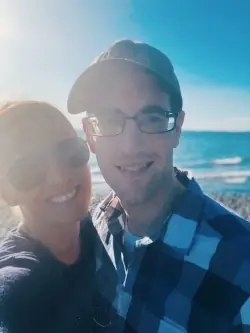Tom Shafer

Hi, I’m Tom!
I work as a Principal Data Scientist for Elder Research, with a particular interest in Bayesian modeling and interpretable machine learning.
Previously, I completed a PhD in Physics at the University of North Carolina, studying the radioactive properties of atomic nuclei using Fortran and supercomputers.
In the three-quarters of my time that I’m not at work, I like to read, write computer programs, play music, and hang out with my wife and kids. My family and I live in Raleigh, NC.
AI, Machine Learning, and Data Science
I work in the Commercial practice of one of the longest-tenured data science consulting groups I know of, in business since 1995. I get to lead a team of data scientists who are capable of jumping into just about any modeling or analysis project and getting to a conclusion with the needed amount of rigor.
I especially enjoy working on problems involving Bayesian inference and computer vision, though the current large-language-model craze has brought some interesting NLP and “agentic AI” work into the fold, too.
Physics (2010–2016)
My graduate physics research focused on radioactive properties of the very heaviest atomic nuclei, which are so heavy they do not naturally exist on earth. It so happens that these nuclei’s lifetimes are an important puzzle piece in the search for the origin of the heavy elements (elements heavier than iron). This research has direct bearing on, for example, LIGO’s 2017 detection of a neutron star merger, a process hypothesized to form these heavy elements.
Practically, our group developed software that significantly reduced the computational cost of these half-life calculations (Phys. Rev. C, preprint), and we used supercomputing resources to calculate the properties of thousands of nuclei (Phys. Rev. C, preprint) including the lifetimes of nuclei with odd numbers of protons and/or neutrons (Phys. Rev. C, preprint).